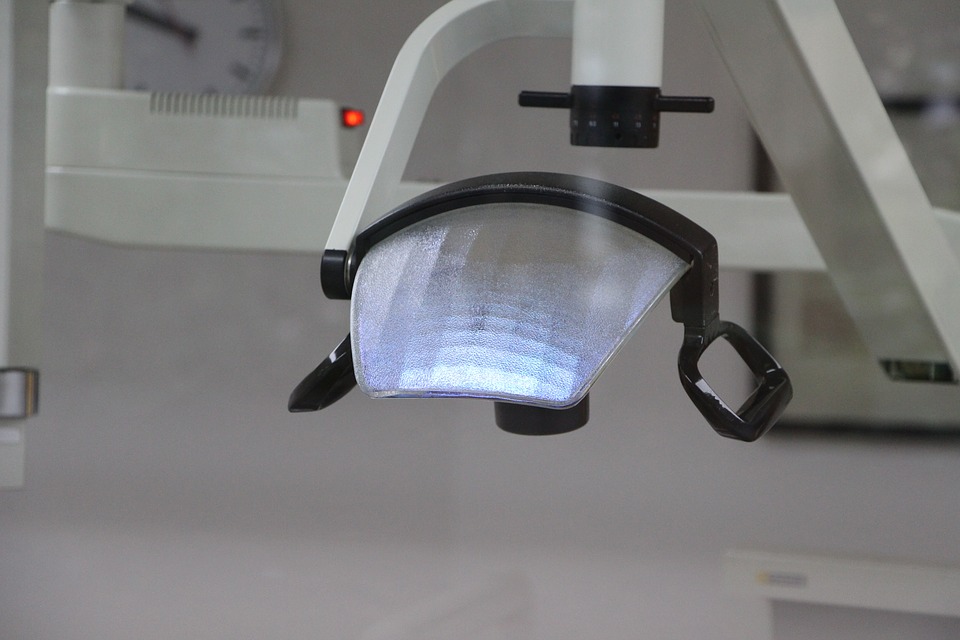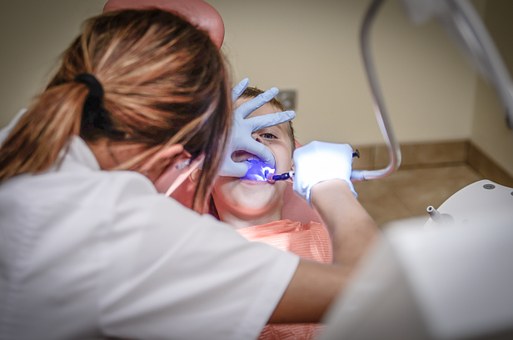Dental implants are one of the most effective and long-lasting solutions for missing teeth. While the procedure itself is well-planned and performed with precision, understanding the healing process is just as important as the surgery. Here’s a helpful breakdown of what you can expect after getting a dental implant.
Immediate Recovery: First 24-48 Hours
After the implant procedure, it’s normal to experience some swelling, minor bleeding, and discomfort. Your dentist will provide instructions for pain management, usually recommending over-the-counter pain relievers and possibly antibiotics. To reduce swelling, applying an ice pack to the cheek in 15-minute intervals can help.
Avoid hot foods, alcohol, and strenuous activity during this period. Stick to soft foods like yogurt, soup, and smoothies, and be gentle when brushing near the implant site.
Initial Healing: First Week
Most patients begin to feel better within a few days. Swelling and bruising will gradually subside, and discomfort typically lessens. You’ll still need to stick to soft foods and avoid chewing directly on the implant site. Keeping up with gentle oral hygiene is essential to prevent infection and promote healing.
If your implant site was covered with stitches, your dentist may schedule a follow-up to remove them (if not dissolvable) or check on your progress.
Osseointegration: 3-6 Months
This is the most critical part of the healing process. Osseointegration refers to the fusion of the titanium implant post with your jawbone, providing a stable foundation for your future crown. This process usually takes between three to six months, depending on your bone health and overall healing ability.
During this phase, it’s important to attend all scheduled dental visits so your dentist can monitor the progress and ensure the implant is integrating properly.
Final Restoration: Crown Placement
Once osseointegration is complete and the implant is secure, your dentist will place an abutment and the final crown. This part of the process is relatively quick and usually painless. The crown is custom-made to match your natural teeth in shape, size, and color, resulting in a seamless and functional smile.
Long-Term Care
After the full restoration, your dental implant will function just like a natural tooth. Maintain good oral hygiene habits, including brushing twice a day, flossing, and attending regular dental checkups. With proper care, your implant can last for decades.
Conclusion
Healing from dental implant surgery is a process that requires patience and care. By understanding each stage and following your dentist’s guidance, you’ll be on your way to enjoying a strong, confident, and healthy smile for years to come.



